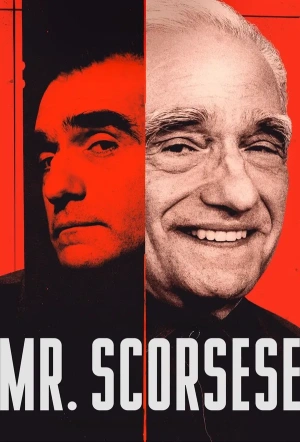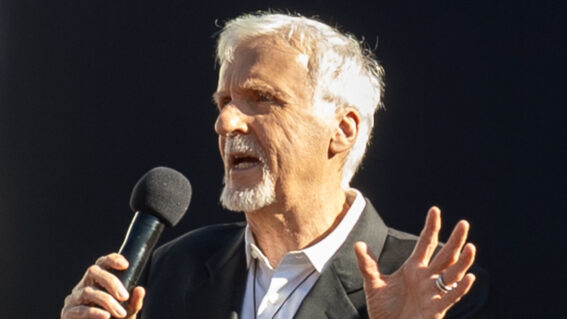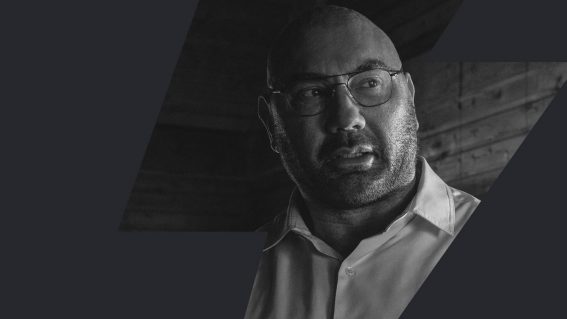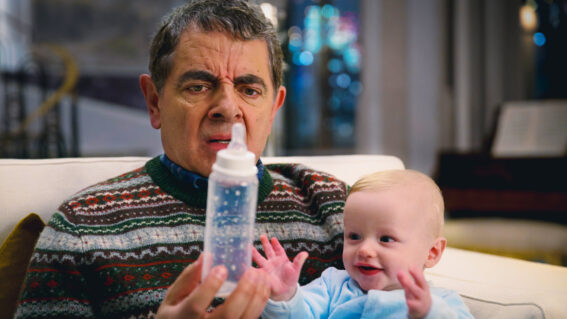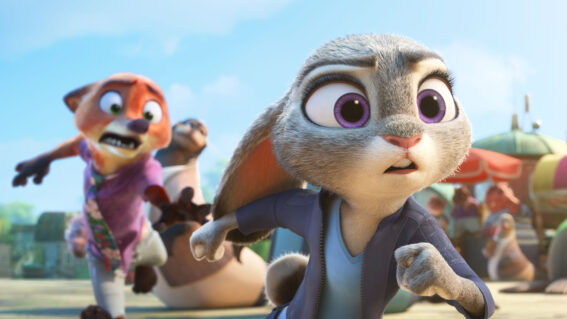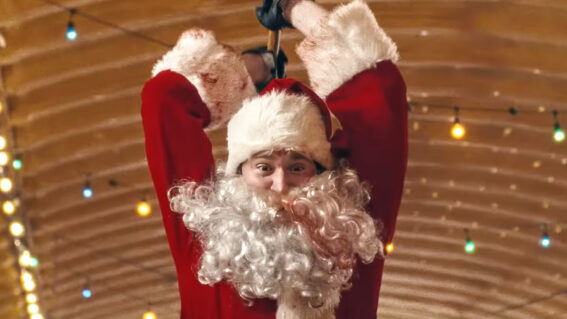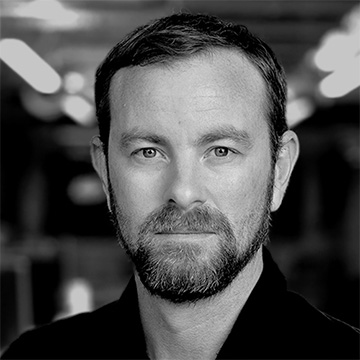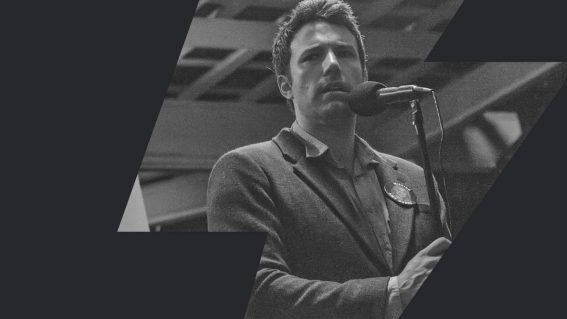Mr. Scorsese celebrates his genius, but never probes too hard
Made by an artist already within Scorsese’s own inner circle, a new docu-series doesn’t look too closely at the more difficult chapters of his life.
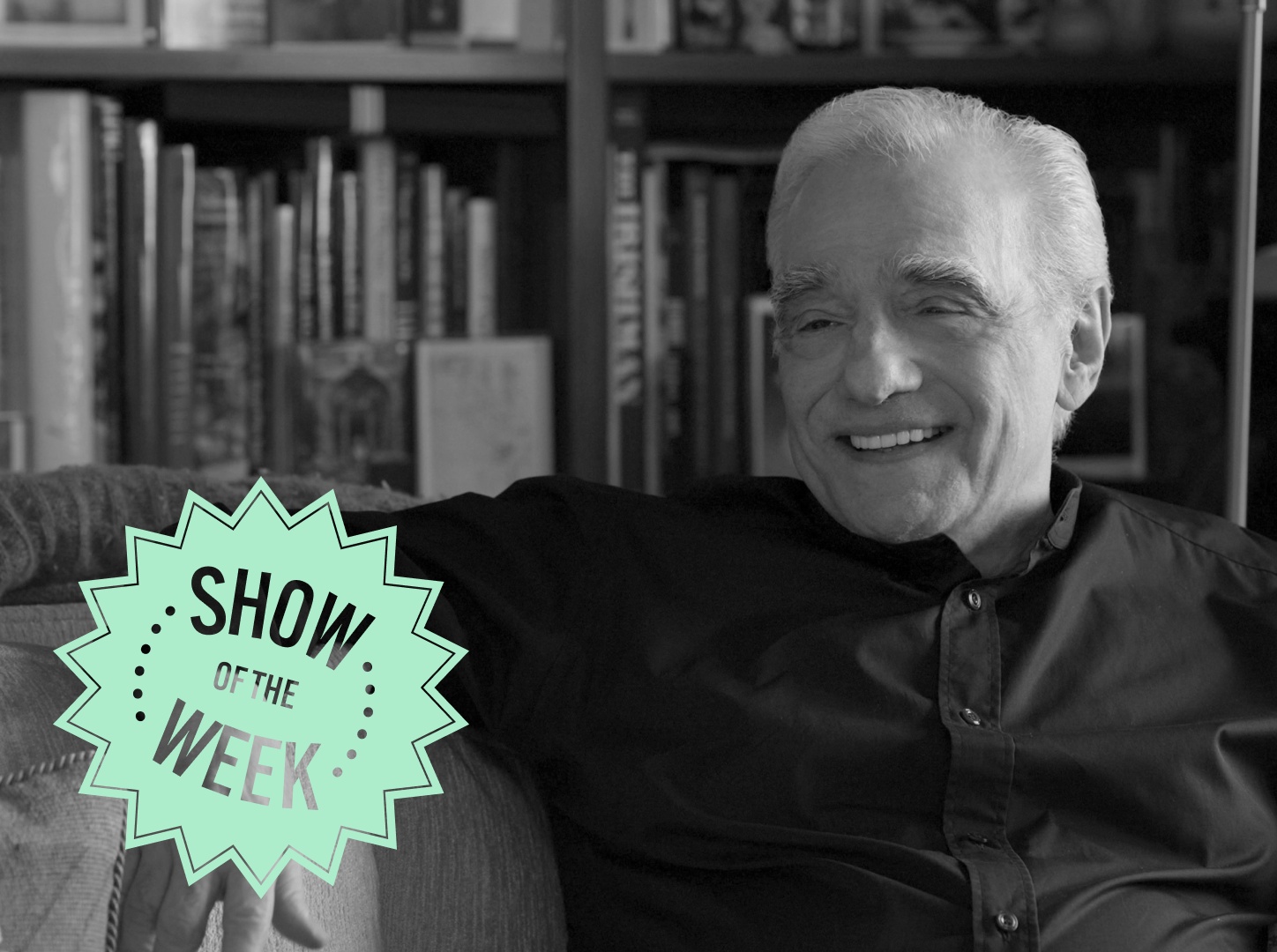
I doubt those who need to see Mr. Scorsese the most will ever watch it. As a whole, Rebecca Miller’s five-part “film portrait” is a robust, near-insurmountable argument for the genius of Martin Scorsese, yet it spends its runtime always teetering on the brink of revelation, the true meaning of what his ex-wife Isabella Rossellini meant she called him a “saint/sinner”.
If Scorsese, to you, is “Marty”, ever-curious but tortured, an honest man engaged in a lifetime’s search for evil’s true home (does it live first inside the heart? Or was it born somewhere else and merely infect it?), then I can’t say, particularly, that anything here will come as news to you. Miller covers the essentials: the hard childhood spent either cooped up with asthma, with cinema as his sole companion, or circling around the fringes of mob violence; the call of the Church, until the Church’s defence of the barbarity of the Vietnam War drove him away.
There are some wonderful moments shared with his oldest friends, and a surprise appearance by Salvatore “Sally Gaga” Uricola, whose strange and reckless youth was the inspiration for Johnny Boy in Mean Streets (1973). Everyone seems surprised to discover he’s still alive.
That push and pull between the sacred and the profane would lead the filmmaker to view himself as both “gangster” and “priest”, the eternal outsider, in part due to his working class background and in part because he was a little too honest about the American condition for an industry that would rather embrace the warmer fantasies of his compatriots, Steven Spielberg and George Lucas.
Instead, he holds tight onto the collaborators who understand him best. Miller sits editor Thelma Schoonmaker next to a computer monitor so she can talk through some of the most sensational images ever put to film with the casual humility of a carpenter examining a freshly carved chair. When she introduces Robert De Niro at the very end of episode one, it’s with the single crack of a grin—lo! It’s as if the Lone Ranger just crested the hill.
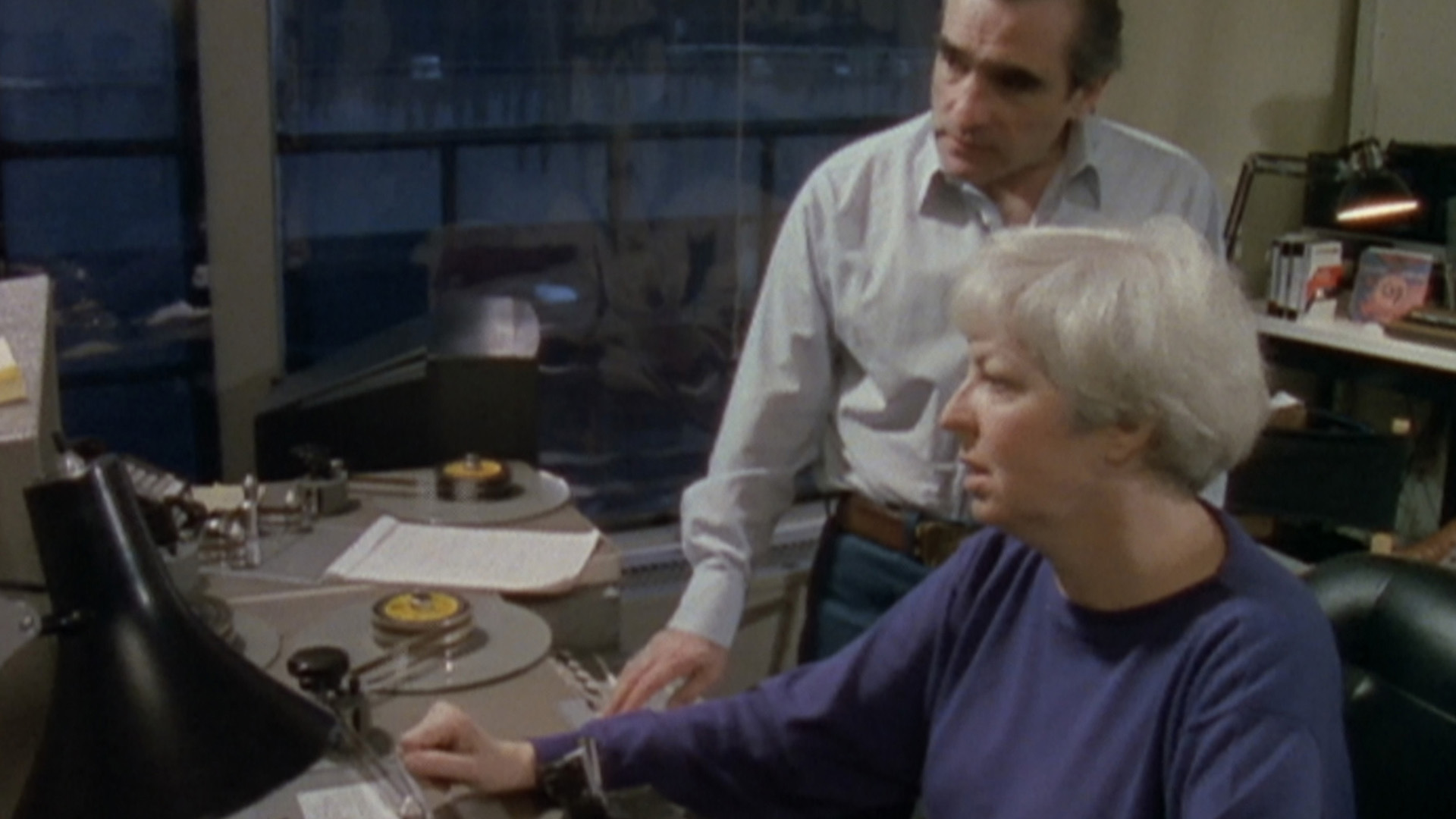
Martin Scorsese and Thelma Schoonmaker
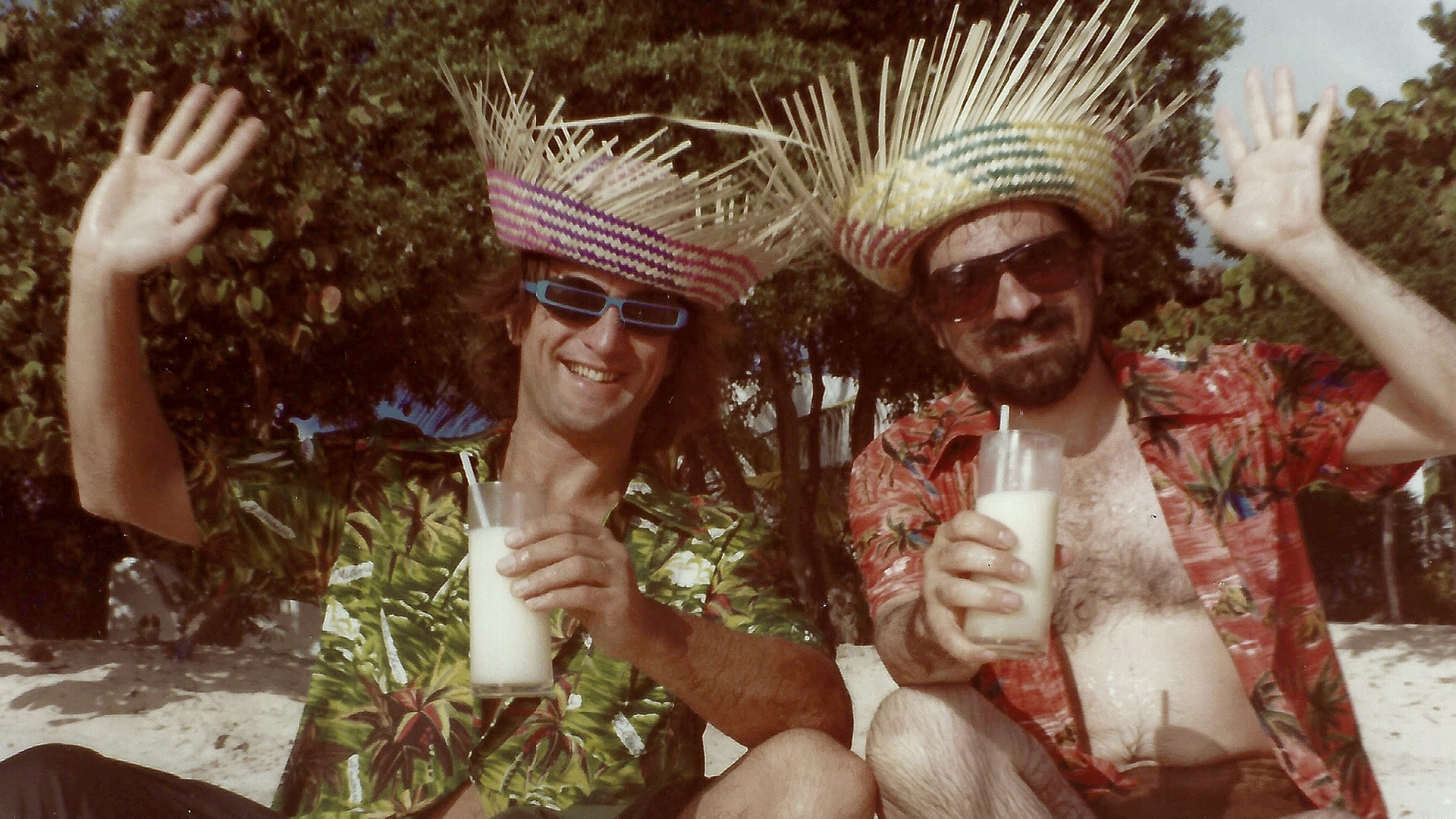
Robert De Niro and Martin Scorsese
Work by work (minus, rather cruelly, 2011’s Hugo), admirer by admirer, Miller presents the evidence of Scorsese’s centrality to film and film culture. Spike Lee appears early on to cheerily proclaim, “thank god for asthma!” Yet, in an odd way, it almost felt lost on me because—well, I’ve seen the films. I know. I yearned, instead, for all those parts of the internet that, partially in blind defence of a certain franchise, have arrived at some calcified idea of Scorsese as the dour, pretentious hack who only makes films about gangsters and can’t direct women.
I’d love them to see Daniel Day-Lewis (Miller’s partner) describing the “savagery” in Scorsese’s adaptation of Edith Wharton’s The Age of Innocence, or Margot Robbie talking about the night she spent with him and Leonardo DiCaprio completely rewriting her character’s departure from The Wolf of Wall Street, so that they could ensure all that capitalist debauchery still showed its darkest underbelly.
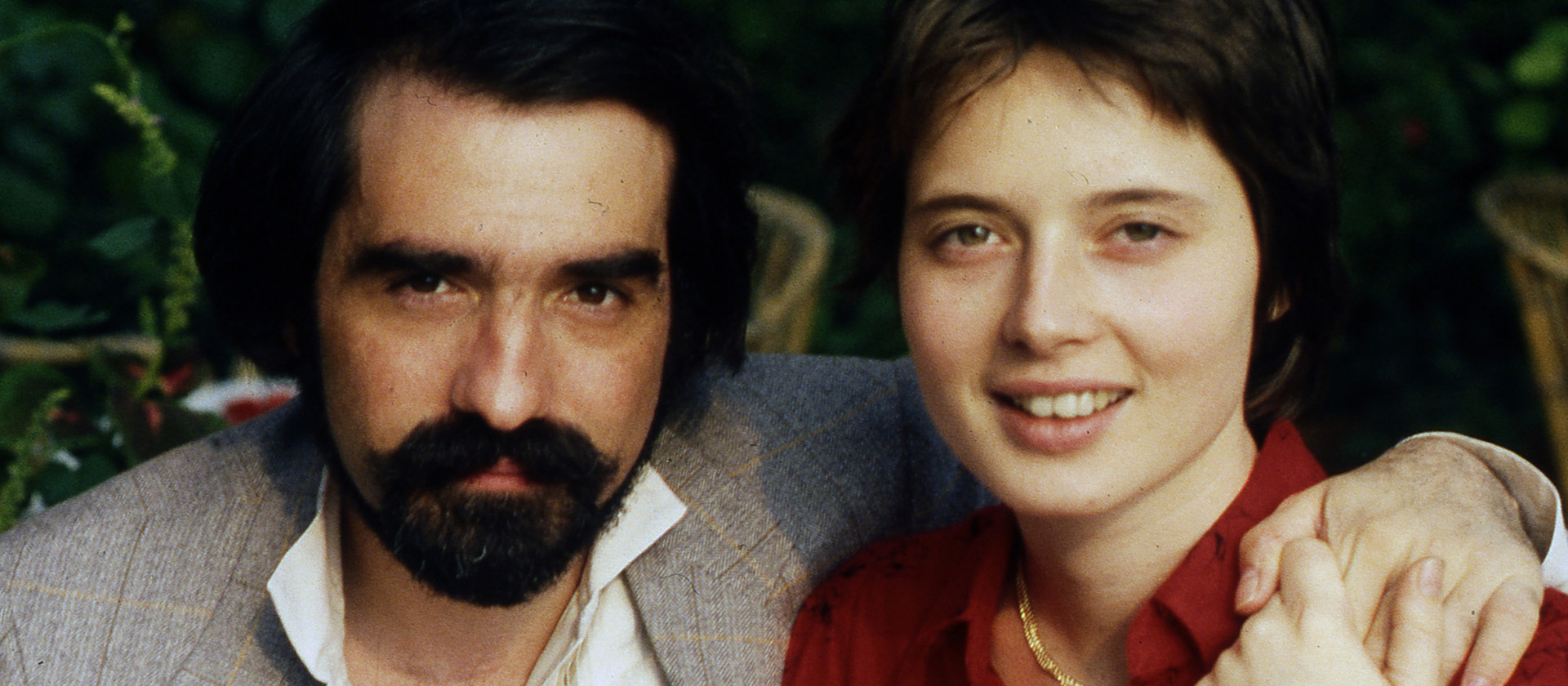
Because this, in truth, is a celebratory portrait made by an artist already within Scorsese’s own inner circle. Miller asks follow-up questions, but never probes too hard into the more difficult chapters of his life—the way Rossellini describes how “he could demolish a room” in a fit of rage, or how his older daughters, Cathy and Domenica, clearly have so much affection for their father, but also talk about how he wasn’t as present in their childhoods as they might have wanted.
Domenica, at one point, tells the story of having a small role in The Age of Innocence, and seeing how much warmth Scorsese exuded when he was working and how much of it he directed towards his actors. It leads her to say this: “ If you’re not there in that sphere of light, you can feel its absence.” If only Miller had stayed with that feeling a little longer.
Yet, Miller is also an accomplished filmmaker in her own right, behind the features The Ballad of Jack and Rose (2005) and Maggie’s Plan (2015), and I wonder whether she sees that kind of cutting personal analysis as necessary. The series, after all, ends with The Irishman (save a brief allusion to Killers of the Flower Moon) and its story of a man, at the end of his life, alone because he betrayed his daughters and they, in turn, cut him out of their lives. What fear could that possibly speak to? For Miller, and Mr. Scorsese, everything the man might have said is already there, in the films.





